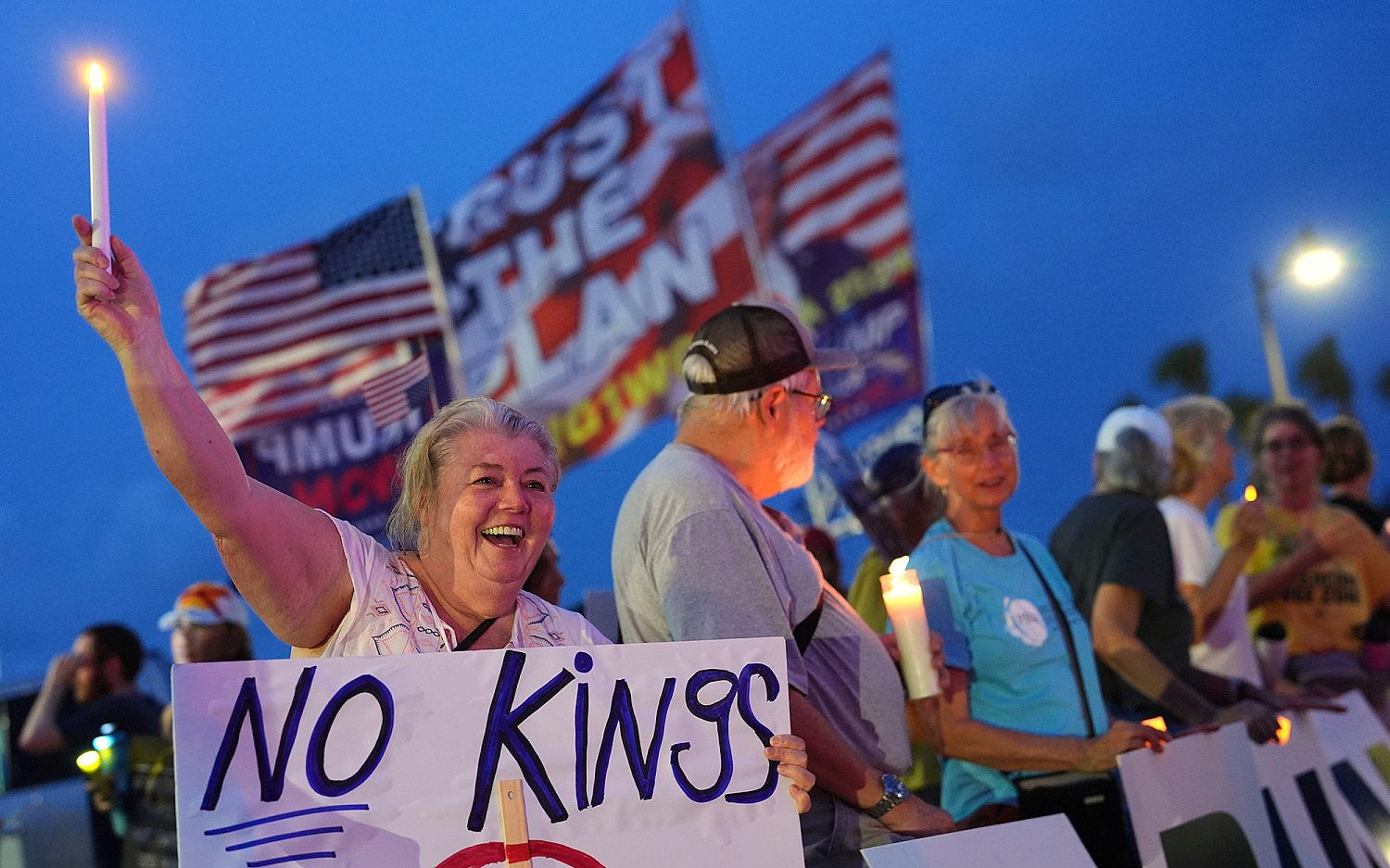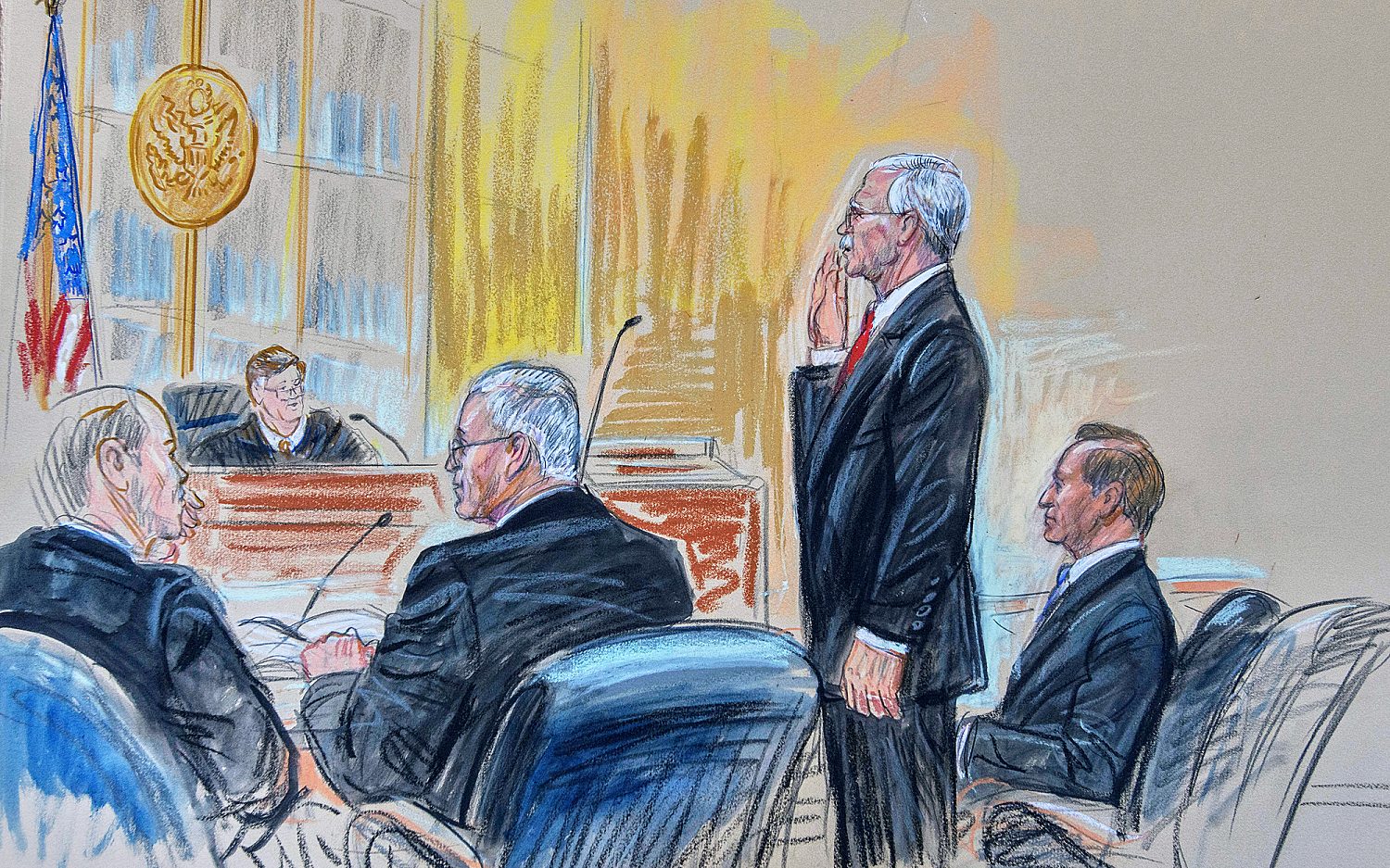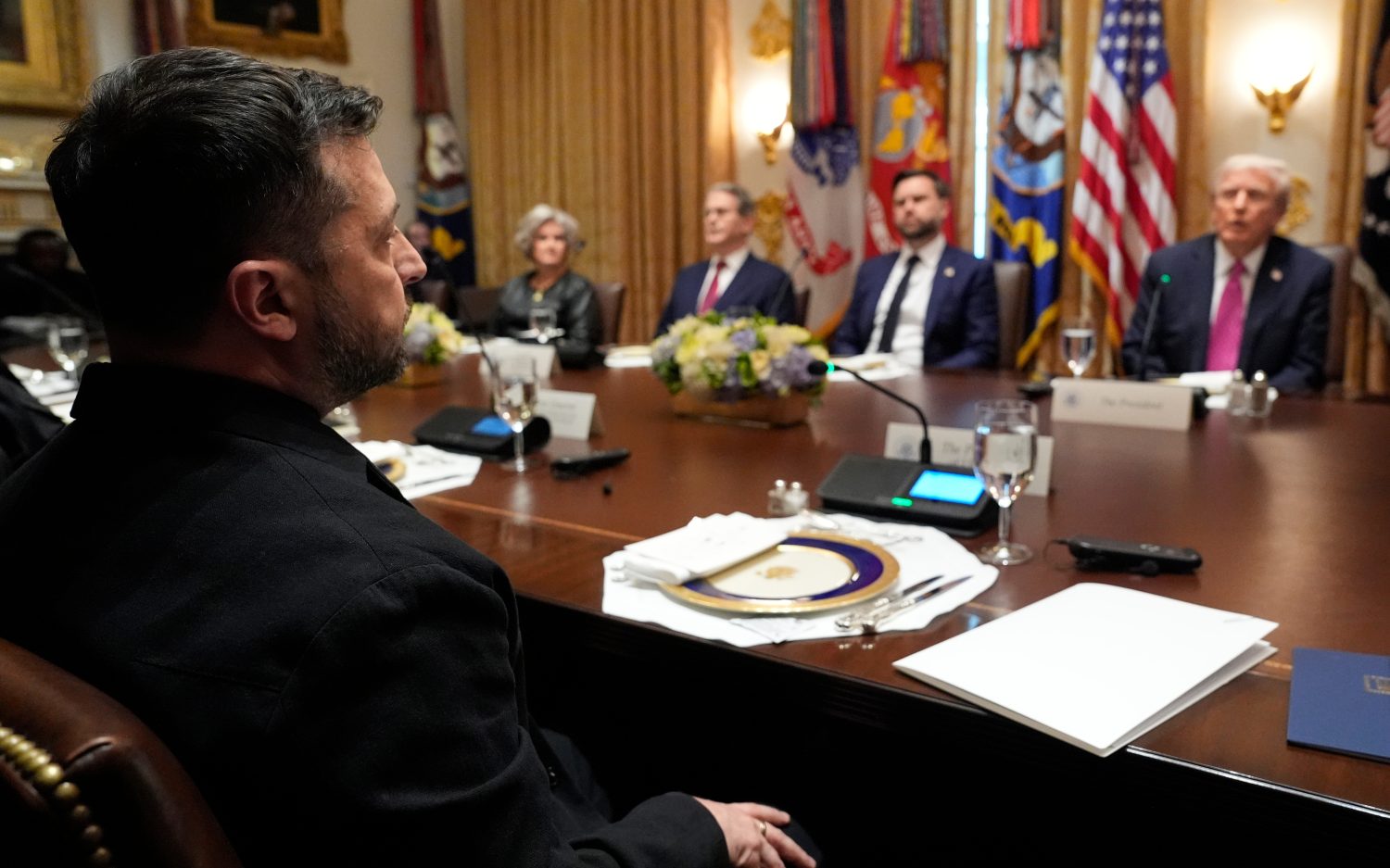Burying baby body parts: Texas debate continues
Protesters don skeleton masks to decry rule requiring burial or cremation for aborted babies
AUSTIN, Texas—Forty-year-old software engineer Vanessa MacDougal spends most weekdays behind her desk in an Austin, Texas, office. On Jan. 6, the petite blonde did something different. She played dead on sidewalks skirting the governor’s mansion.
Dressed in a skeleton mask and black sweats, and holding a poster that read “Abortion Restrictions Bury Women,” MacDougal explained what compelled her to participate in “Bury the Women,” her first protest: “If you can’t control your reproduction, you can’t commit to a career, an education, or even a workout program.”
Despite below-freezing temperatures, about 30 protesters joined MacDougal to oppose what they called the “fetal burial law,” a regulation that bans Texas abortion centers from dumping baby remains in landfills and sewer systems.
The regulation was to go into effect Dec. 19, but U.S. District Judge Sam Sparks blocked it temporarily after Whole Women’s Health, a Texas abortion chain, and the New York-based Center for Reproductive Rights sued the state. Sparks expects to rule on the issue by Jan. 27.
The Texas Department of State Health Services (DSHS) issued the regulation in November, three months after GOP state representative Mark Keogh argued for the changes on Austin television. He recounted a 2005 incident in which a woman reported seeing aborted baby body parts among sewage when pipes near a Houston abortion center ruptured.
“Bury the Women” organizer Stephanie Koithan, wearing a camouflage jacket and a red, white, and blue scarf, called the regulation “shame theater. It’s designed to shame women out of having an abortion. If they have to bury the fetal remains, then it’s like they have to acknowledge that they’re a murderer.”
The new regulation would require abortion providers to pay burial and cremation costs. Koithan, waving to the driver of a red Volkswagen who honked support for the protest, predicted providers will pass those costs on to clients, making abortion less affordable—and less accessible: “Each burial or cremation will cost thousands of dollars.” She admitted she did not have exact figures to support her statement.
Joe Pojman, executive director of Texas Alliance for Life, said that isn’t true. Describing proceedings this week in Austin’s federal court, he cited testimony regarding the added costs: “Experts from both sides said the increase would be less than $15 per abortion.”
Protesters at “Bury the Women” also said the new burial regulation will infringe on their religious liberties. “The idea that fetal remains of human beings require a dignified burial is a religious viewpoint,” said Kim Scott of Georgetown. “Not all religions believe that.”
Pojman refuted claims the proposed law would require funerals for aborted babies: “The rules simply eliminate inhumane disposition of the remains.” John Seago of Texas Right to Life said the proposed law reflects society’s values: “We do this all the time in public policy. There are rules in place that provide for the burial of homeless individuals, for example.”
According to Pojman, 19 abortion facilities currently operate in Texas: 10 licensed as abortion facilities and nine licensed as ambulatory surgical centers. The new regulation represents success for the state’s pro-lifers, who saw a 2016 U.S. Supreme Court ruling reverse other hard-fought wins, some of the most protective pro-life laws in the nation.
Catholic cemeteries in Texas have responded to the issue by offering free burials for children lost to abortion. In testimony before Sparks on Wednesday, Jennifer Carr Allmon of the Texas Conference of Catholic Bishops explained the burials would offer dignity to the “poor and vulnerable. … No one is more vulnerable than the unborn child.”
An actual newsletter worth subscribing to instead of just a collection of links. —Adam
Sign up to receive The Sift email newsletter each weekday morning for the latest headlines from WORLD’s breaking news team.






Please wait while we load the latest comments...
Comments
Please register, subscribe, or log in to comment on this article.